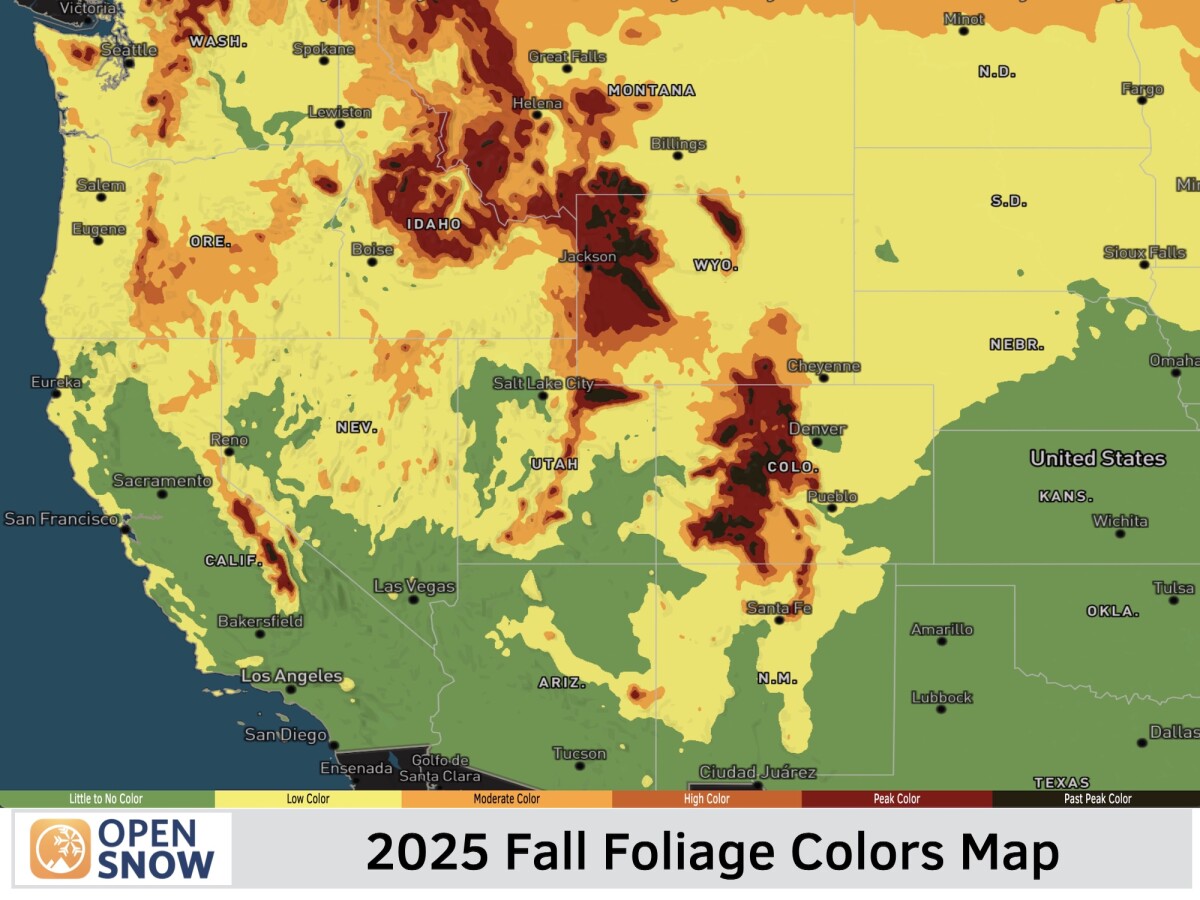News

By Luke Stone, Forecaster Posted 1 year ago June 25, 2024
What Caused June 2024 Destructive Flooding in the French & Swiss Alps
Over the weekend, the Alps experienced severe flooding due to heavy rainfall from strong thunderstorms, leading to widespread disruption and significant damage. Particularly hard-hit areas include parts of Switzerland and France, with thousands of people evacuated, several missing, and emergency services stretched to their limits.
Switzerland:
In the Swiss Alps, heavy rains have led to significant flooding and major damage. The rainfall led to rivers overflowing their banks, inundating towns and villages. Particularly affected were the cantons of Graubünden and Valais, where the rivers swelled to dangerous levels, flooding homes and infrastructure, and covering roads, fields, and villages with rubble, earth, and wood. In Graubünden, the town of Ilanz faced severe flooding, with streets and properties submerged under water. Some images of the flooding in Chippis, Switzerland are shown below.



Zermatt, near the iconic Matterhorn mountain, was cut off from the outside world on Friday and Saturday after heavy rains and melting snow caused the Mattervispa River to overflow.

The heavy rain and saturated ground conditions triggered multiple landslides across the Swiss Alps. One of the most severe landslides occurred in the southeastern part of Graubünden, in the municipality of Lostallo. This landslide hit a group of houses and resulted in the tragic death of one person, while two others went missing. Rescuers searched all day with excavators, drones, army helicopters, and specially trained dogs. Local weather stations recorded 4.88 in (122 mm) of rain in Mesolcina Valley in the canton of Grisons on Friday, with 2.48 in (63 mm) falling in a one-hour period.
Below are some shots of the landslides in Lostallo.








A segment of the A13 motorway, a crucial transit route leading to Italy, has been entirely submerged and destroyed by the flooding. This major route will likely remain closed between the key San Bernardino Pass and Roveredo for several months. Some shots of the road damage are provided below.


France:
Approximately 84 miles west of Zermatt, heavy rainfall combined with runoff from melting snow led to catastrophic flooding in the French Alps over the weekend. In the French village of Le Berarde, the water destroyed the bridge over the Etancons Torrent, which drains the watershed and funnels the meltwater from the peaks of La Meige. Torrential rains have flooded the village, which is a popular basecamp for climbers and hikers in Ecrins National Park. This cut off the only access to the village, leaving nearly one hundred people stranded. Helicopter evacuations were required to rescue the trapped residents and tourists. Some aerial shots of the flooding in La Berarde are shown below.







Italy:
The same storm system brought heavy snow to the upper elevations of the Alps along the Switzerland/Italy border. Several inches of snow fell on Stelvio Pass. Some shots of snow on the pass from the weekend are below.




What caused the event?
Strong thunderstorms over the French and Swiss Alps dropped a large concentration of rain in a short period of time. Combined with the melting of an above-normal snowpack aided by several rounds of late Spring/early Summer snow, the heavy rain led to flooding and landslides that caused significant damage.
On Friday, June 21st, the alpine region was positioned between two distinct air masses. To the south of the Alps, a very warm air mass of subtropical origin was present. The image below shows the warm and wet airmass to the south of the Alps with cooler air to the north/west.

Simultaneously, a low-pressure system moved over France toward Germany. This system's associated cold front reached Switzerland from the west, crossing the region throughout the evening. Rainfall started on Thursday evening and continued into Friday morning, with the most intense thunderstorms and highest precipitation rates occurring during the passage of the cold front on Friday afternoon and evening.
As the cold front approached, a secondary trough of low pressure moved through the region. This created the ideal conditions for the development of severe thunderstorms, including moisture, instability, lift, and wind shear.
The event was characterized by several south-southwest to north-northeast moving lines of thunderstorms. These thunderstorms started in the in the morning and continued in the late afternoon and evening. Below is an estimate of the 48-hour rainfall using radar and weather station data. Rain totals exceeded 4 in (100 mm) in some locations along the Switzerland/Italy border.

Although such totals on the southern side of the Alps are not unusual in themselves, most of the rainfall fell in a very short period of time. The 3-hour radar and weather station rainfall estimate is shown below, with some areas receiving 2 - 4 in (50 - 100 mm) during that time.

These events highlight the challenge of managing extreme weather events in mountainous regions, emphasizing the need for enhanced infrastructure and preparedness measures to mitigate future risks.
Luke Stone
Forecaster, OpenSnow
About The Author




